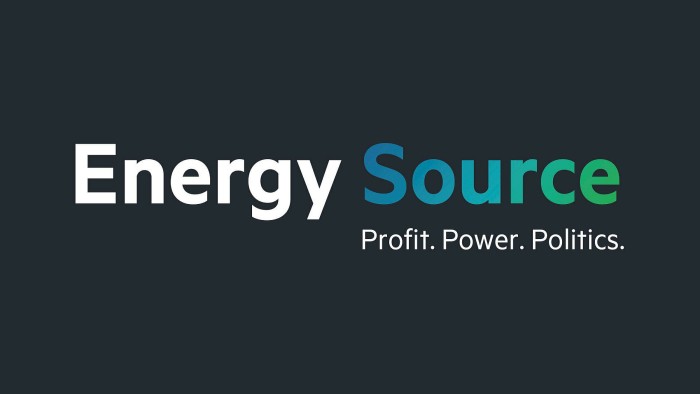Energy group Snam targets net-zero carbon emissions by 2040

Roula Khalaf, Editor of the FT, selects her favourite stories in this weekly newsletter.
Snam, the Italian energy infrastructure group, said it was targeting net-zero carbon emissions by 2040 as it refocuses its efforts on renewable energy, particularly hydrogen.
The Milan-listed company, whose largest shareholder CDP Reti is a subsidiary of state-backed investor Cassa Depositi e Prestiti, said on Wednesday it planned to invest almost €7.4bn over the next four years.
It is aiming for a 50 per cent cut in emissions by 2030, before reaching net zero within two decades.
“By moving away from fossil fuels, our network goes from being a potential problem to an enabler of the transition,” said chief executive Marco Alverà. “Following the zero emissions targets announced by China last month and the USA’s John Kerry this week, I think we have a great opportunity.”
Mr Kerry, who served as US secretary of state during the presidency of Barack Obama, was this week nominated to be climate envoy by the incoming administration of Joe Biden.
Climate Capital
Where climate change meets business, markets and politics. Explore the FT’s coverage here
According to Snam’s latest four-year business plan published on Wednesday, €720m will be invested in the energy transition, almost twice the amount invested across the past four years, including €220m in biomethane infrastructure and €150m in hydrogen projects to convert railway systems and install fuel cells within the company’s network.
Mr Alverà was an early proponent of hydrogen made with renewable electricity as a way to promote decarbonisation, including in heavy industry and transport.
Some investors and stakeholders have voiced scepticism over so-called green hydrogen because of the capital required. However, the EU has high hopes for the technology, with the European Commission in July launching its EU hydrogen strategy. Germany, France and Spain have already unveiled their national hydrogen plans.
“Of course it’s more expensive compared to fossil fuels but hydrogen is the cheapest way to bring renewable energy to Europe in a net zero emissions world,” said Mr Alverà.
Twice weekly newsletter

Energy is the world’s indispensable business and Energy Source is its newsletter. Every Tuesday and Thursday, direct to your inbox, Energy Source brings you essential news, forward-thinking analysis and insider intelligence. Sign up here.
“By 2050 green hydrogen imports to Germany through [our pipelines in] Italy will cost around $1 per kilogramme and will be cheaper than the hydrogen produced locally from offshore wind farms or transported via sea from the Middle East,” he added.
Climate-neutral gases such as green hydrogen could reach 25 per cent of the global energy mix by 2050, according to several studies.
Green hydrogen, which is at the core of Italy’s energy transition plan to be unveiled next month, is about four times more expensive than other gases or coal fuels. However, according to economic development minister Stefano Patuanelli, it is “the clean fuel driver of the future and it can accelerate decarbonisation”.
Mr Alverà said Italy’s utilities expertise, manufacturing sector and geographic position would make it “Europe’s renewable energy hub”.
Snam last week acquired a 33 per cent stake in Italian electrochemical company De Nora specialising in green hydrogen technologies from Blackstone.
Twice weekly newsletter
Energy is the world’s indispensable business and Energy Source is its newsletter. Every Tuesday and Thursday, direct to your inbox, Energy Source brings you essential news, forward-thinking analysis and insider intelligence. Sign up here.
Comments